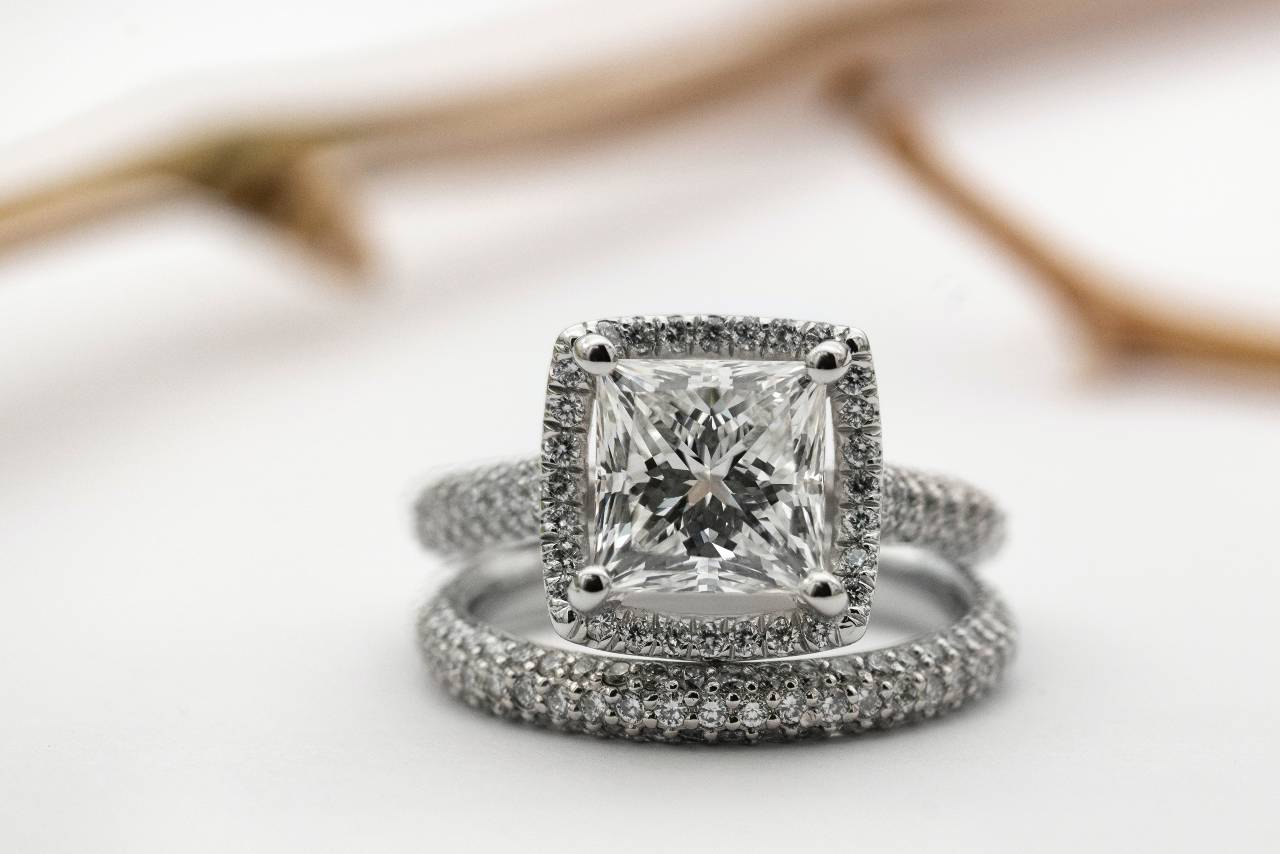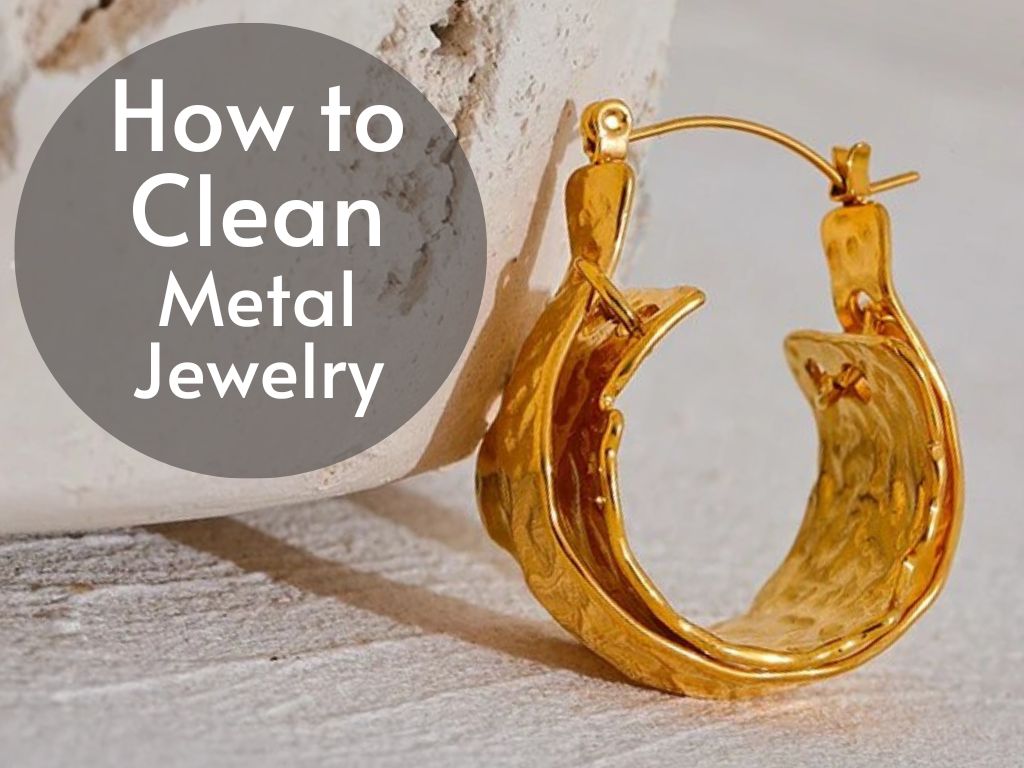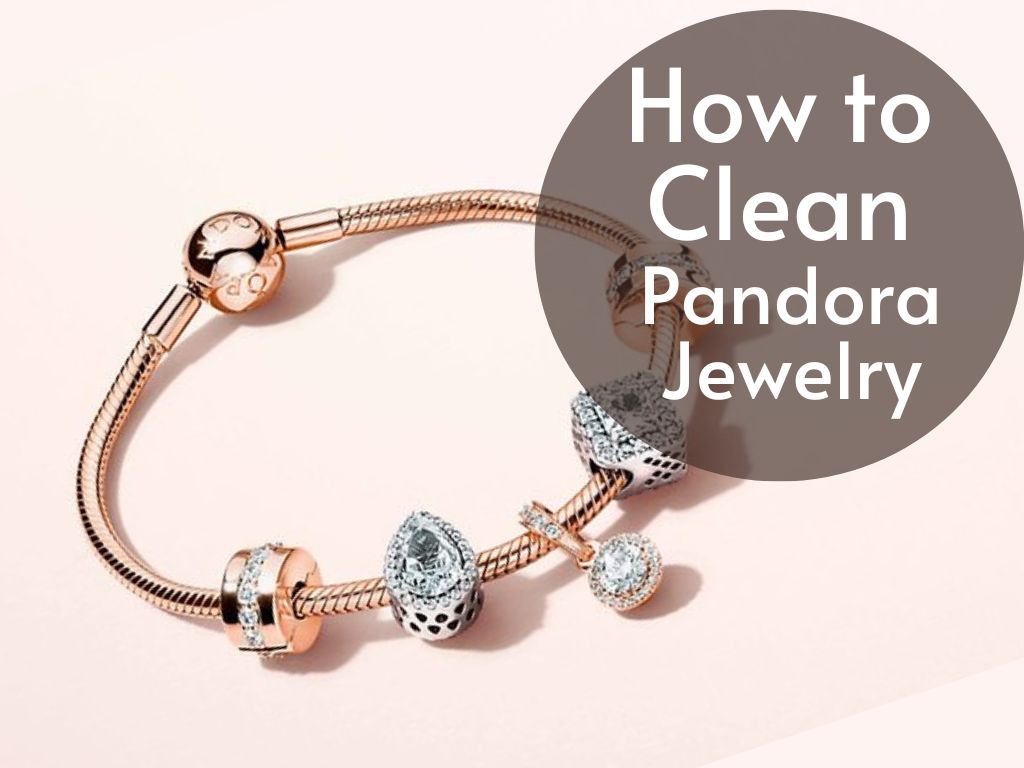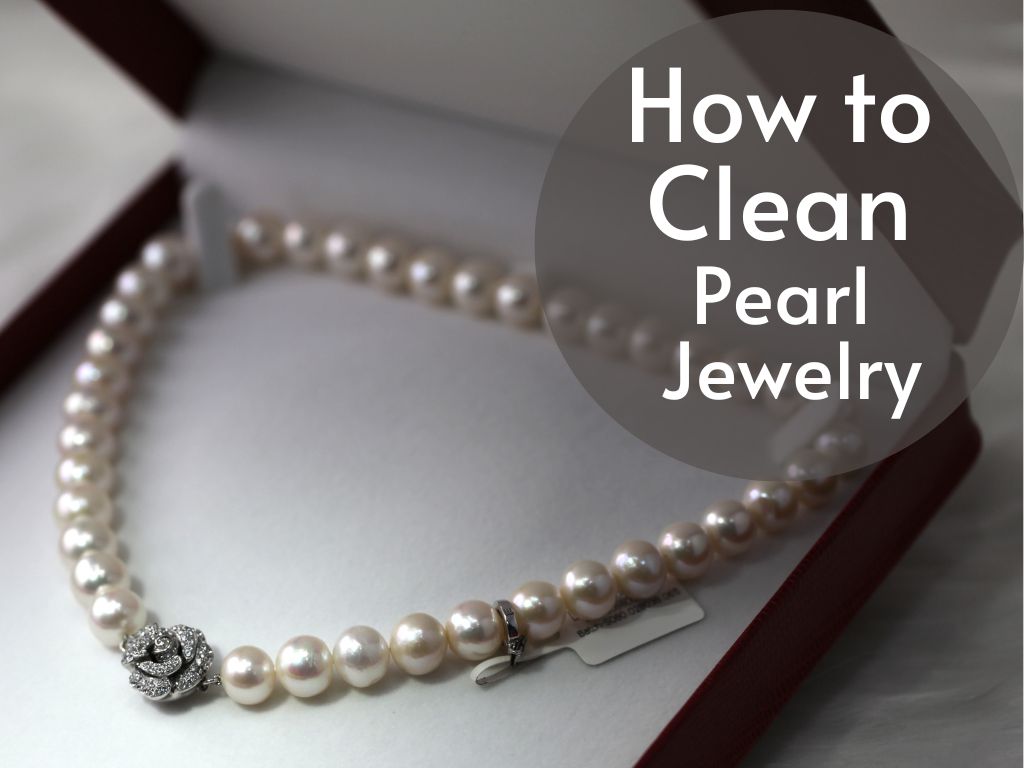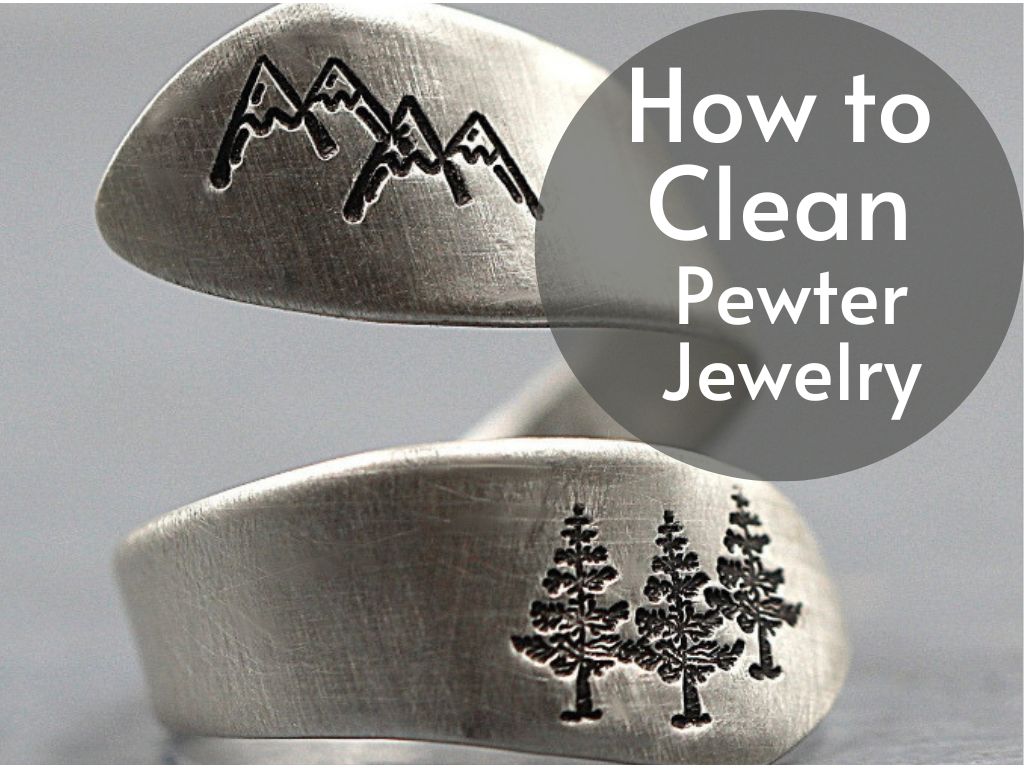There is an exquisite allure that surrounds diamond jewelry, captivating the hearts and minds of individuals across cultures and generations. The brilliance, fire, and scintillation of a well-cut diamond have a mesmerizing effect, creating an aura of elegance and sophistication. Diamonds are not merely accessories; they are symbols of love, commitment, achievement, and status.
These precious gemstones hold immense sentimental value as they mark important milestones in our lives – engagements, anniversaries, graduations, or simply moments when we choose to indulge in luxury. Beyond their emotional significance lies the inherent value that diamonds possess.
Formed deep within the Earth’s crust over billions of years under intense pressure and heat, diamonds are some of the rarest natural resources on our planet. Their scarcity combined with their exceptional durability contributes to their esteemed worth.
Diamonds have long been coveted by collectors and investors who recognize them as a stable store of value that can appreciate over time. However, the true allure and value of diamond jewelry lie not only in its aesthetics or monetary aspect but also in its ability to evoke emotions.
A diamond possesses an undeniable charisma that captures light like no other gemstone can – dazzling spectators with its radiant sparkle. It becomes a tangible representation of love or accomplishment worn close to one’s heart or adorning delicate fingers.
The Importance of Regular Cleaning
While diamond jewelry is renowned for its enduring beauty, it is not impervious to everyday wear or environmental factors that can diminish its brilliance over time. Regular cleaning plays a vital role in maintaining the luster and shine that initially bewitched us. Diamonds have an uncanny affinity for oil-based substances such as hand lotions or natural oils from our skin.
These substances can create a film on the surface of the stone, obstructing light from entering and refracting optimally. This can result in a dull appearance, diminishing the diamond’s natural radiance.
Moreover, dirt, dust, and debris can accumulate in the crevices and intricate designs of the jewelry, further affecting its sparkle. By adhering to a routine cleaning regimen, we ensure that our diamond jewelry remains as captivating as the day we acquired it.
Regular cleaning removes accumulated grime and restores the diamond’s brilliance. It also prevents potential damage that can arise from prolonged exposure to dirt or chemicals.
Furthermore, regular cleaning provides an opportunity for inspection – allowing us to identify any loose stones or damaged prongs that may require immediate attention from a professional jeweler. This proactive approach not only safeguards our precious possessions but also allows us to enjoy them with peace of mind.
Understanding Diamond Jewelry
Types of Diamond Jewelry: Rings, Necklaces, Bracelets, Earrings, etc.
Diamonds are not limited to just engagement rings; they can be found adorning various types of jewelry. Rings are perhaps the most popular form of diamond jewelry due to their symbolic significance and versatility. From breathtaking solitaires to intricate cluster designs, diamond rings come in a plethora of styles and settings to suit every taste.
Necklaces offer a chance to showcase the brilliance of diamonds near the wearer’s heart. They come in different lengths and designs, such as delicate pendant necklaces or stunning diamond tennis necklaces that feature a continuous line of diamonds.
Bracelets adorned with diamonds can add elegance and sophistication to any wrist. Tennis bracelets, known for their uninterrupted line of diamonds, are particularly sought after.
Other popular bracelet styles include bangles with diamond accents or charm bracelets featuring diamond-studded charms. Earrings provide an opportunity to frame the face with sparkling brilliance.
They range from simple solitaire studs that exude timeless elegance to elaborate chandelier earrings that make a bold statement. Hoop earrings adorned with diamonds offer a versatile option that can be dressed up or down.
Different Diamond Cuts and Settings
Diamonds are cut into various shapes called cuts, each having its own unique characteristics. The round brilliant cut is the most popular due to its ability to maximize sparkle and fire. Princess cut diamonds feature square or rectangular facets, while emerald cuts have broader facets that create a hall-of-mirrors effect.
Settings play an essential role in displaying diamonds while also providing security. Prong settings use metal claws or prongs to hold the diamond in place while allowing maximum light exposure for optimal brilliance.
Bezel settings encircle the entire perimeter of the stone for added protection and create a sleek look. Pavé settings involve small diamonds set closely together, covering the surface of the jewelry piece with an irresistible shimmer.
Channel settings create a smooth, flush appearance by placing diamonds within a channel-like groove. Halo settings feature a center diamond encircled by smaller diamonds, enhancing its size and sparkle.
Factors that Affect the Overall Quality and Value
Several factors contribute to the quality and value of diamond jewelry. The 4Cs – cut, color, clarity, and carat weight – are universally recognized as the primary determinants of a diamond’s worth.
Cut refers to how well the diamond has been shaped to maximize its brilliance. Color grades range from D (colorless) to Z (light yellow or brown), with higher grades being more desirable.
Clarity assesses the presence of internal flaws or external blemishes within the diamond. Flawless diamonds have no visible inclusions or blemishes when viewed under 10x magnification.
Carat weight measures a diamond’s size: one carat is equivalent to 200 milligrams. Additionally, factors such as fluorescence (the emission of light by a diamond when exposed to ultraviolet light), symmetry, and polish also influence a diamond’s overall quality and value.
Diamonds certified by reputable gemological laboratories provide assurance regarding their authenticity and quality, thus affecting their market price. It’s important for consumers to consider these factors when selecting diamond jewelry in order to make an informed purchase decision that reflects both personal style preferences and investment value.
Tools and Materials Needed for Cleaning
Soft-bristled toothbrush or jewelry brush
When it comes to cleaning diamond jewelry, a soft-bristled toothbrush or a specialized jewelry brush is an essential tool. The bristles of these brushes are specifically designed to be gentle yet effective in removing dirt and grime from the intricate details of your precious pieces.
Look for a toothbrush with extra-soft bristles to ensure you don’t inadvertently scratch the surface of your diamonds or any delicate metalwork. It’s important to dedicate this brush solely for jewelry cleaning purposes to avoid cross-contamination.
Mild dish soap or specialized jewelry cleaner
To achieve optimal results in cleaning your diamond jewelry, you’ll need a mild dish soap or a specialized jewelry cleaner. These solutions are designed to be gentle on the precious metals and gemstones while effectively removing dirt, oils, and residue that can dull the sparkle of your diamonds over time.
If you opt for using mild dish soap, choose one that is free from harsh chemicals, fragrances, and moisturizers as these can leave behind residues that may affect the brilliance of your diamonds. On the other hand, a specialized jewelry cleaner is formulated specifically for this purpose and can provide excellent results without any concerns about potential residue.
Microfiber cloth or lint-free cloth
A microfiber cloth or a lint-free cloth will be your go-to material for drying and polishing your diamond jewelry after cleaning. These types of cloths have fine fibers that are incredibly soft and won’t scratch the delicate surfaces of your diamonds or their settings.
Microfiber cloths are especially effective at capturing dust particles and preventing them from scratching the stones during drying. Ensure that you have a designated cloth solely reserved for diamond cleaning purposes to avoid introducing any abrasive particles accumulated on other materials.
Optional: ultrasonic cleaner or steam cleaner (for advanced cleaning)
For those seeking an extra level of deep cleaning, there are advanced options available such as ultrasonic cleaners or steam cleaners. These devices use high-frequency sound waves or steam to dislodge dirt and grime from your diamond jewelry.
Ultrasonic cleaners work by creating microscopic vibrations that agitate the cleaning solution and help remove debris from hard-to-reach areas, such as the back of the diamonds or underneath prongs. Steam cleaners, on the other hand, use heated water vapor to loosen dirt and oils quickly.
However, it’s crucial to note that these advanced methods may not be suitable for all types of diamond jewelry and should only be used with caution and following manufacturer guidelines. By gathering these tools and materials before starting the cleaning process, you’ll have everything you need to ensure a thorough and effective restoration of your diamond jewelry’s brilliance and shine.
Remember to handle your precious pieces with care throughout the process to avoid accidental damage. Now let’s move on to preparing for the actual cleaning process itself!

Preparing for Cleaning
Find a Clean and Well-Lit Workspace
Before embarking on the task of cleaning your precious diamond jewelry, it is crucial to find an appropriate workspace. Look for a clean and well-lit area that will allow you to focus on the intricate details of your jewelry. A clutter-free environment not only ensures that you don’t misplace any small components but also minimizes the chances of dirt or debris from contaminating your jewelry during the cleaning process.
Consider setting up your workspace on a soft surface like a towel or a cloth to provide cushioning and prevent any accidental scratches or damage to your jewelry. This protective layer will act as an additional safeguard against any potential mishaps while handling these delicate pieces.
Ensure All Drains Are Closed
One crucial step often overlooked when preparing to clean diamond jewelry is ensuring that all drains are securely closed. The last thing anyone wants is to see their precious gemstones inadvertently slipping away down the drain!
It’s essential to take proactive measures, such as covering sinkholes or placing stoppers in place, before commencing with the cleaning process. By closing drains and ensuring no open crevices exist, you can rest assured that even if an earring back or tiny accent stone detaches during cleaning, it won’t make its way into the plumbing system.
Taking this simple precautionary measure will greatly reduce anxiety and allow you to focus solely on restoring the sparkle of your diamond jewelry. Remember, prevention is always better than cure when it comes to protecting valuable possessions like diamond rings or necklaces.
By creating an ideal workspace environment and making certain all drains are closed off completely, you can approach the task of cleaning with confidence and peace of mind. Selecting an appropriate workspace with good lighting and a soft surface prepares you for effectively cleaning diamond jewelry without distractions or risks of damage.
Additionally, ensuring all drains are closed eliminates the possibility of valuable components being inadvertently lost in plumbing systems. These simple yet crucial steps lay the foundation for a successful cleaning process and safeguard your precious diamond jewelry throughout.
Step-by-Step Cleaning Process
Step 1: Pre-soaking the Jewelry
To begin the cleaning process for your precious diamond jewelry, start by pre-soaking it. Fill a small bowl with warm water, ensuring that it’s not too hot to avoid causing any damage to the jewelry. Add a few drops of mild dish soap or specialized jewelry cleaner to the water and mix gently until it creates a gentle cleaning solution.
Gently place your diamond jewelry into the solution, ensuring that all parts are submerged. Allow it to soak for about 10-15 minutes, allowing enough time for the dirt and grime to loosen while being mindful of any delicate settings or prongs.
Step 2: Brushing Away Dirt and Grime
After pre-soaking, carefully remove your diamond jewelry from the soapy solution. Using a soft-bristled toothbrush or a specialized jewelry brush, gently scrub all surfaces of the piece.
Be sure to pay extra attention to hard-to-reach areas such as prongs or intricate designs where dirt can accumulate. When brushing, use light pressure and circular motions.
Avoid using excessive force as this may scratch or loosen any gemstones on your jewelry. Take your time with this step as thorough brushing will help restore its brilliance and shine.
Step 3: Rinsing Thoroughly
Once you have finished brushing away dirt and grime from your diamond jewelry, it’s crucial to rinse it thoroughly under warm running water. Hold each piece carefully under the faucet, making sure that all soap residue is removed completely. While rinsing, you may use your fingers to gently rub the surfaces of your jewelry items if you notice any remaining debris.
Ensure that no soap remains in hard-to-reach areas like prongs or chain links by gently maneuvering them with your fingers while rinsing. This step is essential to eliminate any potential residue that might dull the sparkle of your diamonds.
Conclusion
By following these step-by-step cleaning processes, you can restore the brilliance and allure of your diamond jewelry. Pre-soaking helps loosen dirt and grime, while gentle brushing ensures that every nook and cranny is thoroughly cleaned.
Rinsing under warm water removes any lingering residue, leaving your diamonds sparkling and radiant. Remember, regular maintenance and cleaning are key to maintaining the beauty and longevity of your diamond jewelry.
By incorporating these simple cleaning techniques into your routine, you can enjoy the stunning elegance of your diamond pieces for years to come. So take pride in caring for your exquisite jewelry collection – it’s not just about cleanliness but also preserving their value and timeless charm.

